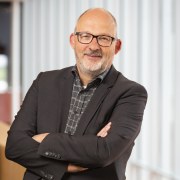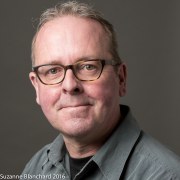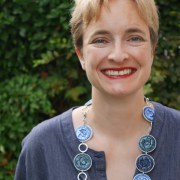Usually permanent exhibitions have a very long lifetime. But eventually, every museum or science centre has to face the challenge of renewing them. Old presentation techniques, outdated contents, old-fashioned architecture or damages to your building: there are many reasons for a renewal. While under construction, do you strive for business as usual or do you need a temporary shutdown? Depending on size, money and concept, venues might have to close for an extended period of time or could make it step by step as a partial renovation, remaining open to the public. How to find a balance between construction work and visitor satisfaction? Several museums present their experiences, outlining the advantages and disadvantages of different strategies and pointing out solutions, for big and small venues.
Director/CEO
Muenster
Germany
How to know, when it is time for a renewal? How to plan and realize it, even in smaller museums? How to manage a "forced" renovation? Which strategy is more comfortable -creating longliving sustainable exhibitions or the regulary renewal of contents and technics?
15 years after its opening the Westphalian Horse Museum is confronted with all of these topics. I want to share our experiences and strategies to find a balance between financial pressure and the face-lifting of our museum.
Manager Presentation & Collection
NEMO Science Museum
Amsterdam
Netherlands
NEMO Science Museum is doing a complete make over from 2015 – 2019. Al museum floors will be renovated en renewed. And as an extra we have built a brand new restaurant, an outdoor exhibition on our rooftop square and a new entrance hall with a shop double as big as it was. This all with the doors open for our visitors. How did we control the visitor experience? The difficulties with closed floors, noise in the building, a temporary entrance hall and other serious complex things you have to face and solve.
Curator Text and Language
Staatliche Museen zu Berlin – Preußischer Kulturbesitz
Berlin
Germany
The Ethnological Museum and Museum of Asian Art in Berlin closed their doors to the public in January 2017 and are currently preparing to move from the outskirts of the city to the Humboldt Forum in the new city palace right by Museum Island. The opening is projected for late 2019 – this means three years of keeping old audiences loyal and preparing for new audiences. Our strategy: Staging interventions in the five neighbouring museums and an additional temporary exhibition building showing smaller exhibitions that set the tone for the new Humboldt Forum.
Curator of interactive experiences
Geneva 23
Switzerland
Technopolis, The Flemish Science Centre went through two expansions without closing one single day. This had a big impact on the daily operations and on the visitor experience. We tried to keep the visiotors happy in different ways.
We are now planning for a complete renewal of our main exhibition area in different pahses over a six yaer period. Again we will have to find solutions to give the visitors a good experience.
Director
Mettmann
Germany
Since the Neanderthal Museum finances itself from its revenues, it is not possible for us to close during a renovation phase. Nevertheless, we have already updated the permanent exhibition twice, under the motto "We build, the sale goes on". I would like to share experiences and our proactive complaint management.
Presentation and education
Utrecht
Netherlands
The Utrecht University Museum will be completely renovated and refurbished. The museum closes in 2018 and will reopen in 2020. Our ambition is to become the first research museum of the Netherlands. A museum that involves the visitor in how science works. This asks for a different dynamic. Our focus will be on the organization after reopening. How will we keep our exhibition(s) up to date? We want to create a sustainable base for flexible exhibitions, labs and programs







